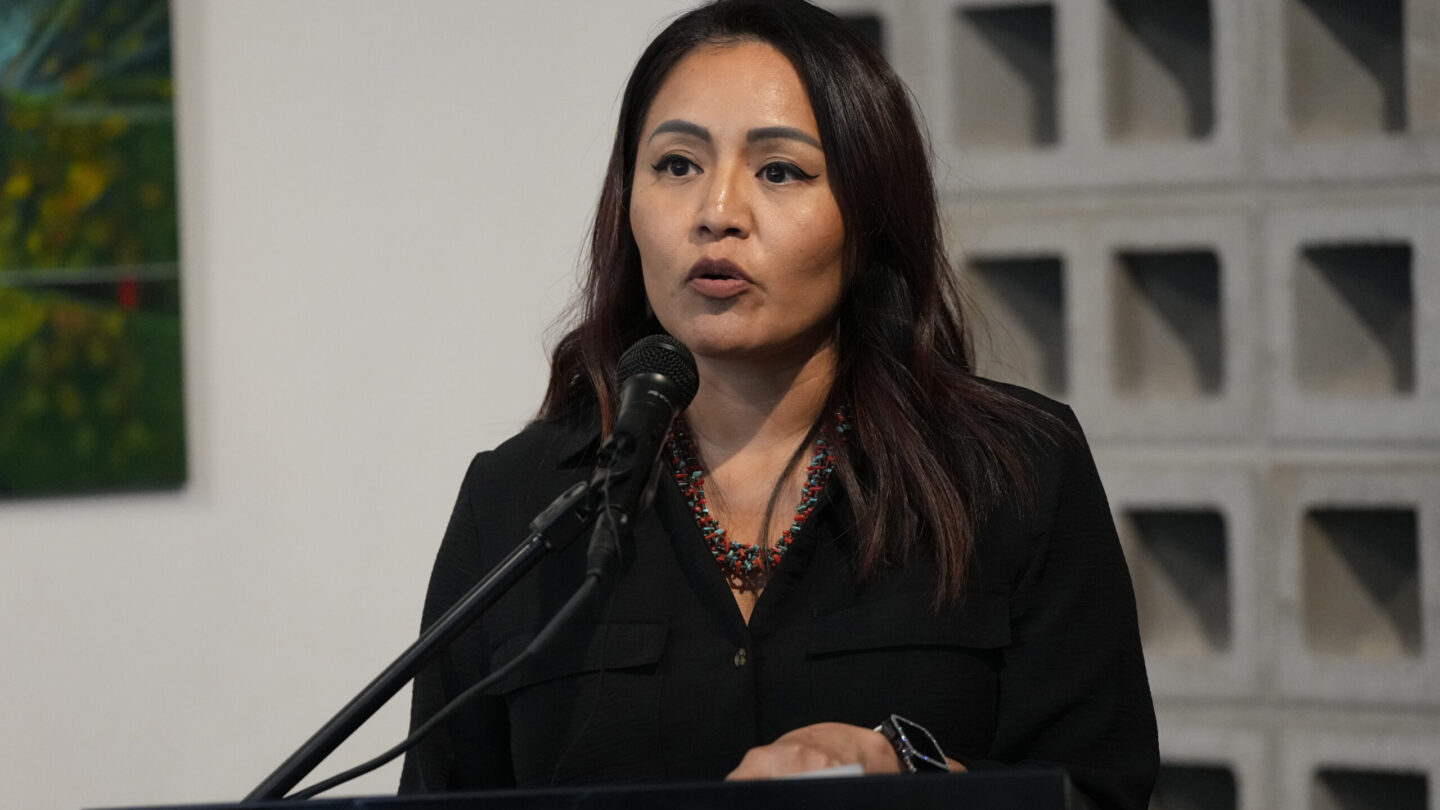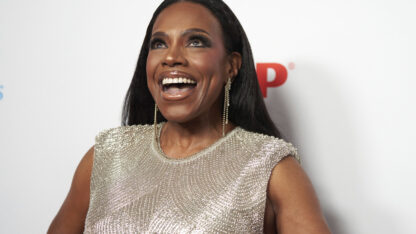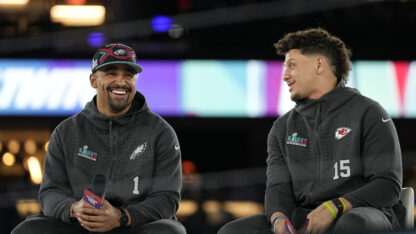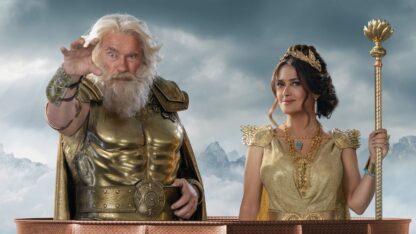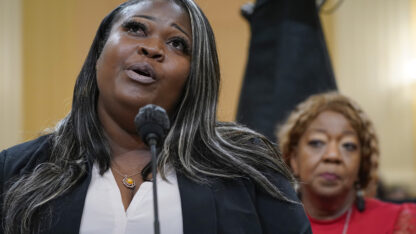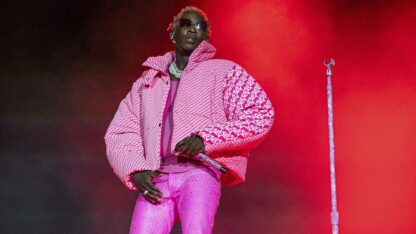The Kansas City Chiefs are the reason Rhonda LeValdo is in Arizona for the Super Bowl. But she won’t be here to watch the game.
LeValdo and other Native Americans will be pushing again for the Chiefs to abandon the team’s name, mascot and fan-driven “tomahawk chop.” It’s the same goal they had in 2021 when the Chiefs were vying for a second-consecutive Super Bowl win in Tampa, Florida.
“People are trying to be really positive about Kansas City and what it does and how like ‘Yes, sports binds us all together,'” LeValdo, founder of the Kansas City-based Indigenous activist group Not In Our Honor, said at a news conference Thursday. “It’s not bringing our people into this celebration together. Really, it’s hurting us more because now it’s the bigger spotlight where you’re seeing this all over the world.”
LeValdo will be joined by others from Kansas City and tribes in Arizona to demonstrate outside State Farm Stadium in Glendale. The president of the Kansas City franchise says he respects their right to protest.
Fights against the appropriation of tribal cultures and images have endured for decades — not just with the Chiefs. Native Americans say using iconography and words with Native connotations demeans them and perpetuates racist stereotypes.
“The anti-Native mascot movement has always been about the betterment of our Native people, not hatred towards others who are football fans,” said Amanda Blackhorse, who is Diné. “We want to live in a world where our children can attend school and feel included and not met with reenactments of fake war dances on the football field.”
Some major sports teams have countered that the mascots are meant to honor and respect the tribes. But the racial reckoning and protests of 2020 after the murder of George Floyd compelled some franchises to do soul-searching.
The Cleveland Indians baseball team officially changed to the Guardians in November 2021. The team also axed Chief Wahoo, a logo that was a caricature of a Native American.
A significant victory came when Washington dropped the name “Redskins, ” which is seen as a racial slur, and the logo after nearly nine decades. The team later became the Commanders.
Chiefs President Mark Donovan gave no indication there is room for change.
“We also respect that we need to continue to educate and raise awareness of the Native American culture and the things we do to celebrate, that we’ve done more over the last seven years — I think — than any other team to raise awareness and educate ourselves,” Donovan said.
The Super Bowl is playing out in a state that’s home to 22 Native American tribes who collectively oversee about a quarter of the land base. The NFL has been emphasizing its collaborations with Native and Indigenous people based in Arizona.
The Chiefs recently highlighted its long snapper James Winchester, a citizen of the Choctaw Nation of Oklahoma, and center Creed Humphrey, who is from the Citizen Potawatomi Nation of Oklahoma.
Lucinda Hinojos, who was born in Glendale and is of Apache and Yaqui descent, became the first Native and Chicana artist to partner with the NFL. Her painting is featured on all Super Bowl tickets and throughout the NFL Experience.
Colin Denny, a University of Arizona researcher and a member of the Navajo Nation, will perform “America the Beautiful” during the game’s pre-show. Denny, who is deaf, will utilize both American Sign Language and North American Indian Sign Language.
The Chiefs have made efforts to address concerns about cultural insensitivities going back a decade but always stop short of altering the team name or fan-favorite gestures and chants. In 2013, the team created the American Indian Community Working Group, which has Native Americans serving as advisers to the team on promoting tribal cultures.
“I’m going to them and saying, ‘What do you think about this? How does this make you feel?'” Donovan said. “I’m really proud of the things we’ve done and the people we’ve worked with.”
This led to invitations for Cheyenne spiritual and ceremonial leaders to participate at some games. In 2020, the Chiefs banned fans from donning headdresses, war paint and clothing at Arrowhead Stadium.
The team also changed the “tomahawk chop” with cheerleaders using a closed fist instead of an open palm — a move that Native American organizations in Kansas City called “laughable.”
The Kansas City team started as the Dallas Texans. When the franchise moved to Kansas City in 1963, it became the Chiefs.
Mayor H. Roe Bartle got permission from the Northern Arapaho at the time, and the team recently documented tribal officials confirming it, Donovan said.
“We haven’t released it yet. We are waiting for the right timing to tell the story right,” Donovan said.
LeValdo, who is friends with a former Northern Arapaho leader, called that assertion “fake.”
She said Native organizers won’t give up on trying to rid major sports of offensive mascots, names and imagery.
“There are young people that come with us as well,” said LeValdo, of Acoma Pueblo in New Mexico. “We’re looking forward to the next generation that’s going to carry that. There’s always going to be Native people who are against it. It’s not going to stop.”
